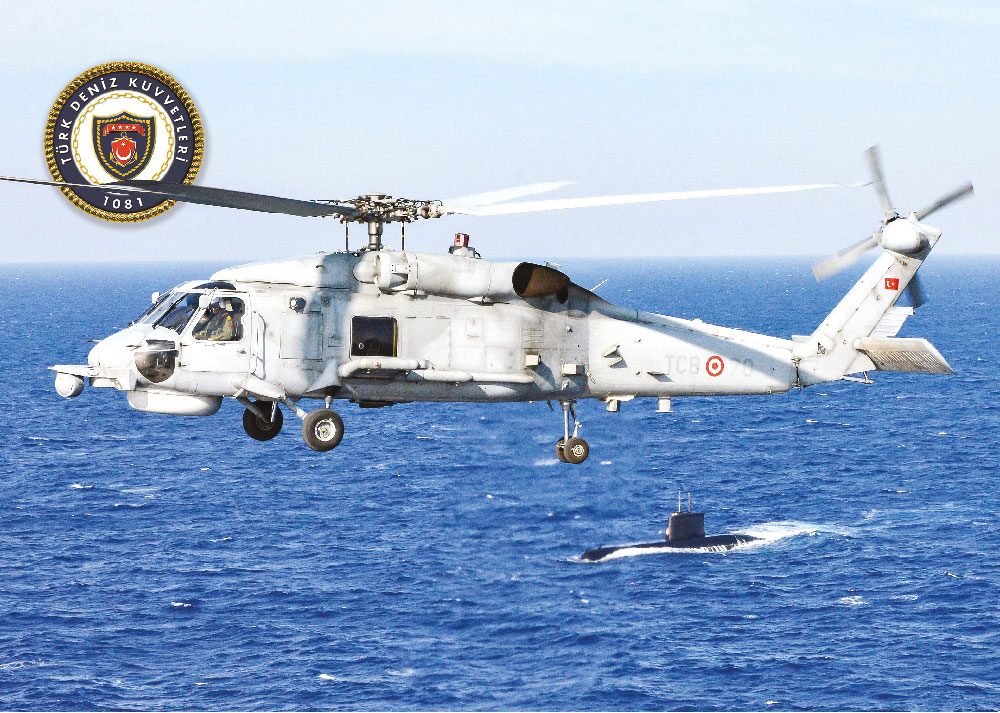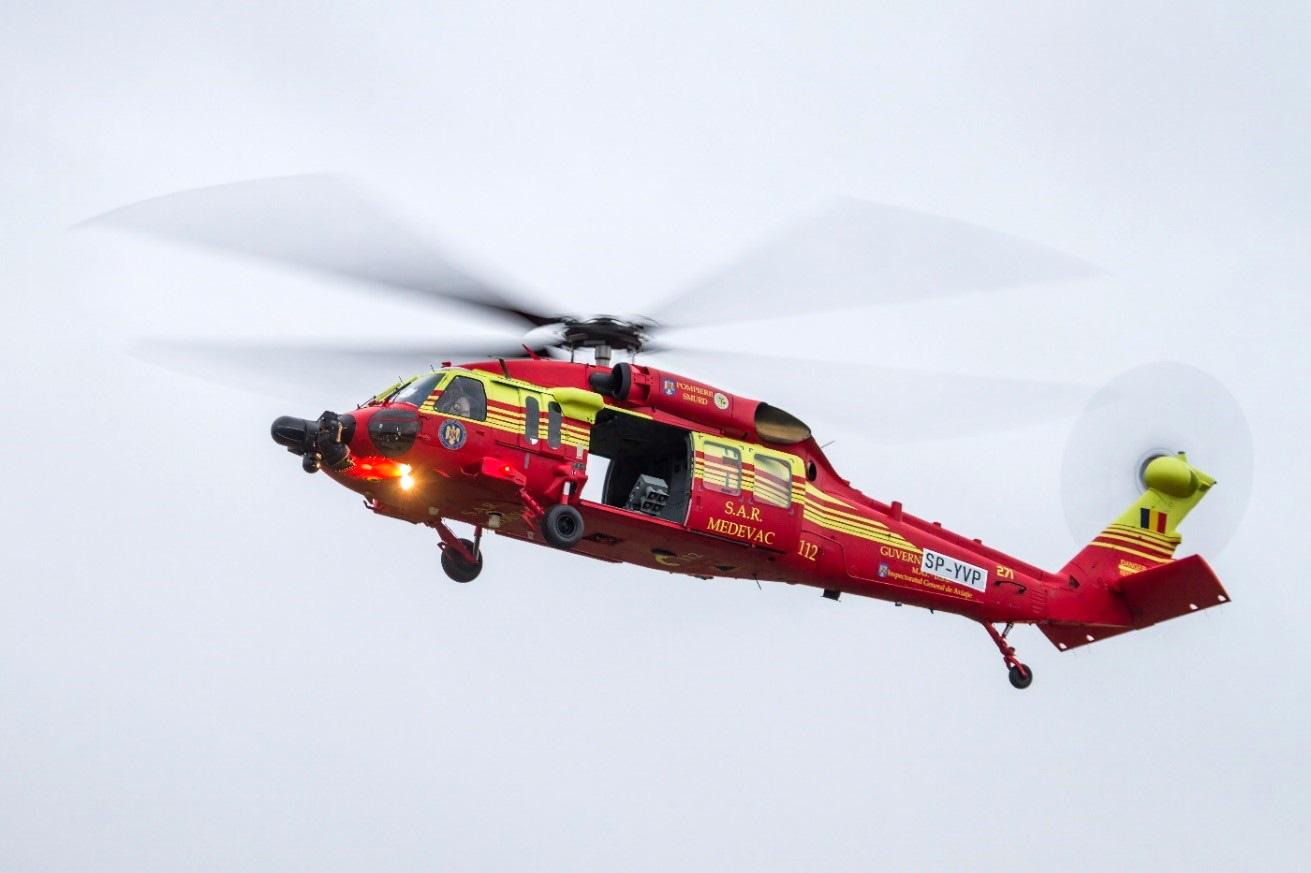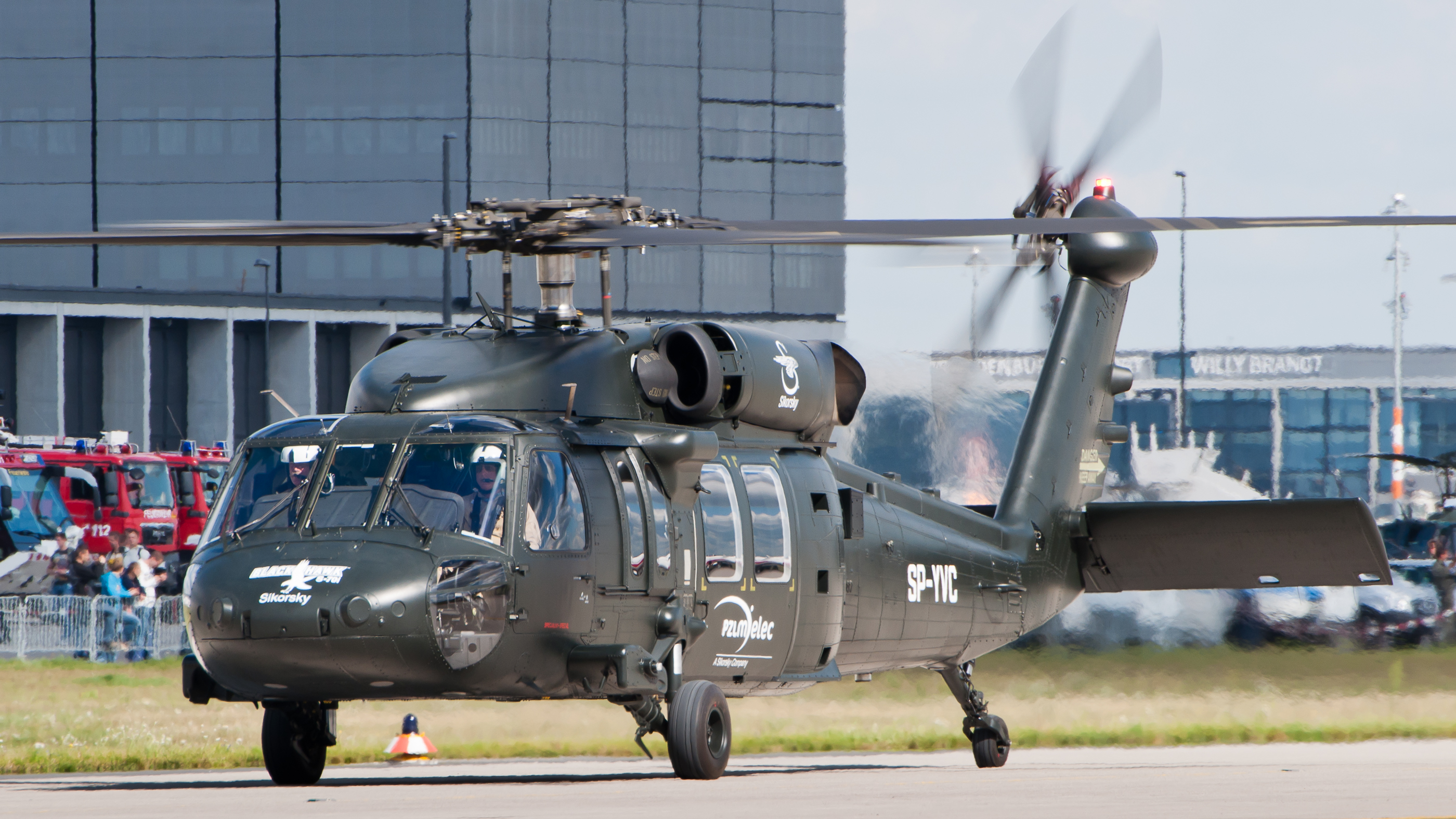A Look at the Sikorsky S 70's Function in Military and Civil Aviation
A Look at the Sikorsky S 70's Function in Military and Civil Aviation
Blog Article
High-Performance Multi-Role Rotorcraft Featuring Advanced Cabin Technologies and Integrated Sensing Unit Equipments
The realm of rotorcraft innovation has actually seen remarkable advancements in current times, particularly in the world of high-performance multi-role rotorcraft outfitted with sophisticated cabin innovations and seamlessly incorporated sensing unit systems. In the adhering to conversation, we will explore the advancement of rotorcraft innovation, dig right into the world of advanced cockpit advancements, and check out the implications of incorporated sensor systems on the functional flexibility and effectiveness of modern-day rotorcraft.
Advancement of Rotorcraft Technology
The advancement of rotorcraft modern technology has actually been marked by substantial innovations in the rules of aerodynamics, products, and propulsion systems, forming the abilities and efficiency of modern rotorcraft. In addition, improvements in propulsion systems, including much more effective engines and ingenious propulsion technologies, have actually enabled rotorcraft to attain greater elevations, faster rates, and better payloads.
These improvements have not only changed the capabilities of rotorcraft yet have additionally increased their applications throughout different markets, including army, business, and emergency solutions. The continuous evolution of rotorcraft modern technology remains to drive technology in the area, pushing the boundaries of what is possible and forming the future of upright flight.
Advanced Cockpit Innovations
Structure upon the foundational developments in aerodynamics, materials, and propulsion systems, the realm of rotorcraft modern technology currently moves focus towards pioneering Advanced Cockpit Innovations. The combination of sophisticated technologies within the cabin setting plays an important function in improving the operational capabilities, safety, and efficiency of modern-day rotorcraft. sikorsky s 70. Advanced Cockpit Innovations encompass a vast range of functions made to give pilots with boosted situational recognition, structured data management, and instinctive control user interfaces
One of the key advancements in cabin design is the execution of glass cabins, which change conventional analog evaluates with high-resolution screens. These electronic systems offer personalized formats, real-time data assimilation, and boosted readability, making it possible for pilots to access vital details at a glimpse. Advanced avionics systems, such as fly-by-wire controls and augmented fact display screens, are reinventing just how pilots interact with the airplane, allowing for accurate control and improved decision-making capacities.


Incorporating advanced cockpit technologies not only boosts pilot efficiency yet also adds to total mission performance and security in intricate operational environments. By leveraging modern modern technologies within the cabin, rotorcraft manufacturers are establishing new criteria for functional quality and goal success.
Integrated Sensing Unit Solutions
With the development of rotorcraft modern technology, the assimilation of advanced Integrated Sensor Solution has ended up being extremely important in enhancing operational performance and safety and security. These Integrated Sensing unit Systems incorporate a wide selection of modern technologies that give critical data for different functions such as navigation, surveillance, targeting, and environmental surveillance. By flawlessly integrating sensing units like radars, cams, lidar, and infrared systems right into rotorcraft, operators can take advantage of improved situational understanding, boosted mission capabilities, and reduced pilot workload.
One trick benefit of Integrated Sensing unit Equipments is their capacity to gather real-time information and give workable insights to pilots and goal drivers. Progressed radar systems can identify and track targets over long ranges, allowing for very early hazard detection and efficient action preparation. Additionally, integrating electro-optical and infrared video cameras allows rotorcraft to carry out reconnaissance and monitoring goals with accuracy and accuracy.
In significance, the combination of cutting-edge sensor technologies right into rotorcraft not just enhances functional performance but additionally contributes considerably to general mission success and staff safety. As rotorcraft remain to evolve, the function of Integrated Sensing unit Equipment will most certainly continue to be at the leading edge of advancement in the aerospace industry.
Functional Adaptability and Efficiency
Enhancing functional useful link adaptability and performance in rotorcraft is an all-natural development from the combination of sophisticated Integrated Sensing unit Systems. By leveraging the data and understandings supplied by these innovative sensing unit systems, rotorcraft can maximize their efficiency across various objectives and atmospheres.
Functional adaptability includes the ability of rotorcraft to adjust to different roles and situations efficiently. With advanced cockpit modern technologies and incorporated sensing unit systems, rotorcraft can flawlessly change in between jobs such as search and rescue, medical discharge, security, and much more. This flexibility improves the rotorcraft's ability to meet varied operational requirements without requiring considerable reconfiguration.
Efficiency in rotorcraft procedures is crucial for making best use of objective performance and resource utilization. Integrated sensor systems play a crucial duty in improving operational effectiveness by offering real-time information on climate condition, surface mapping, target tracking, and a lot more. This information allows pilots to make informed choices quickly, enhance flight courses, preserve gas, and boost total goal performance.
Influence On Modern Aviation Procedures

In addition, the combination of advanced sensing units facilitates improved mission planning and implementation, enabling rotorcraft to do a variety of jobs with improved accuracy. From search and rescue procedures to airborne firefighting and police goals, the capacities of contemporary rotorcraft outfitted with innovative cockpit modern technologies and incorporated sensing unit systems are unequaled.
Moreover, the effect of these developments prolongs past functional efficiency to cost-effectiveness and sustainability. By optimizing trip paths, fuel consumption, and maintenance timetables, high-performance rotorcraft outfitted with innovative cockpit technologies and sensors add to reducing operational costs and environmental impact, making them important assets in modern aeronautics procedures.
Final Thought
To conclude, the high-performance multi-role rotorcraft with sophisticated cabin technologies and integrated sensing unit systems stands for a substantial evolution in aviation technology. These technologies boost functional versatility and performance, eventually affecting modern-day air travel procedures in a positive method. The combination of these sophisticated technologies permits enhanced abilities and performance in different mission circumstances, showcasing the proceeded improvement of rotorcraft innovation in the aviation market.
The realm of rotorcraft technology has seen noteworthy improvements in recent times, especially in the world of high-performance multi-role rotorcraft furnished with sophisticated cockpit technologies and effortlessly incorporated sensing unit systems. From enhanced mission flexibility to boosted operational effectiveness, the merging of innovative cabin modern technologies and integrated sensor systems has ushered in a brand-new era of opportunities for rotorcraft applications. In the adhering to discussion, we will explore the evolution of rotorcraft modern technology, delve into the world of advanced cockpit innovations, and check out the effects of integrated sensing unit systems on the functional flexibility and click to read more efficiency of modern-day rotorcraft.

Report this page